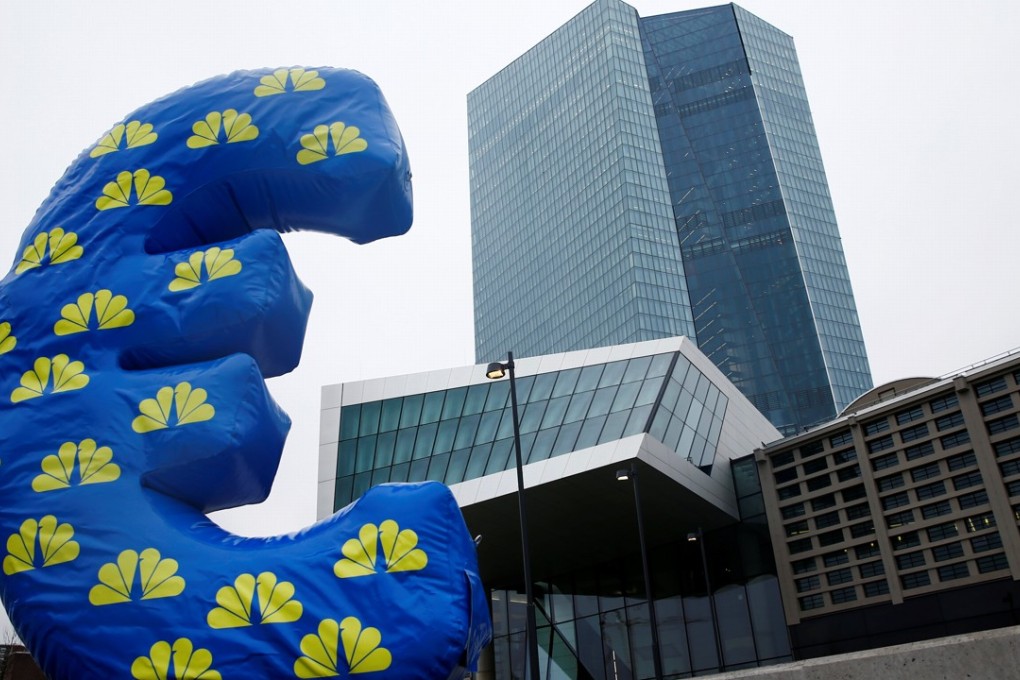Macroscope | Inflation is not down and out but shifting into a global financial bubble

It is strange to think the world’s leading central banks may be leading us into the next global financial crisis. It is even more disturbing because they are fully aware of the consequences of their actions. The major central banks are over-bloating the world on cheap money and credit and setting us all up for another fall. As sure as night follows day, booms are followed by bust.
Consumers are bingeing on cheap credit, companies and governments are overloaded with debt, while global financial markets are case-studies in over-exuberance and indulgence. This should be the moment when central banks should be drawing a line in the sand and calling time on the “special measures” called upon over the last decade to stop the world descending into chaos after the 2008 crash.
Central banks seem totally hamstrung about what happens next for global monetary policy. Blitzing the world with zero interest rates, quantitative easing and explosive monetary expansion has rightly pulled the global economy back from the brink, but there is still much hand-wringing about whether recovery is sustainable enough once quantitative easing turns into quantitative tightening.
The confusion really lies in what the central banks are supposed to be targeting. Is it sustainable recovery, with fuller employment and inflation hitting the magic 2 per cent mark again, or are central bankers really trying to maintain global financial stability by keeping markets underpinned? Central banks have lived so long in this parallel universe of super-stimulus they seem to have lost their bearings.
Going back to basics and using the US Federal Reserve’s own template, the holy trinity of growth, employment and price stability should be the touchstones for where rates are correctly positioned. US growth could be better, but is doing OK around 2 per cent, while the US jobs market is close to full employment. Where the Fed stands on shaky ground is that inflation pressures still remain mute.
US inflation is not doing what it is supposed to do at this point in the business cycle, with the headline and core rates still stuck below the Fed’s 2 per cent CPI target. It should be good news for US equity markets, with reasonably strong growth and low inflation boosting expectations for solid corporate earnings. Except that the US S&P’s price-to-earnings ratio running at a lofty 30 has little to do with “rosy scenario”.
